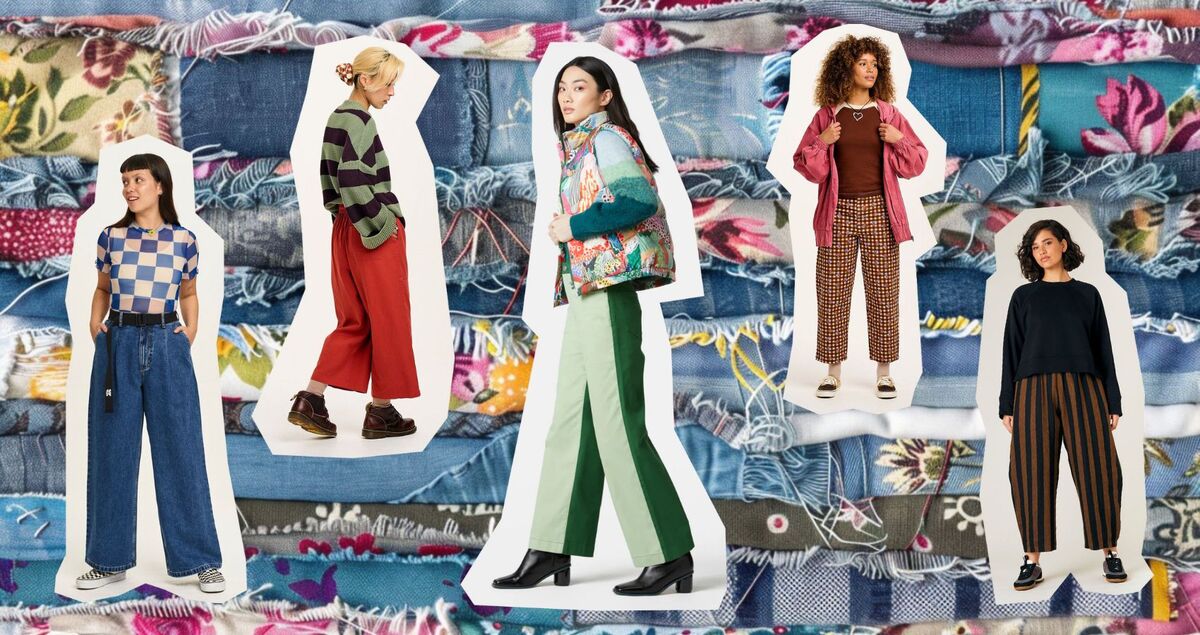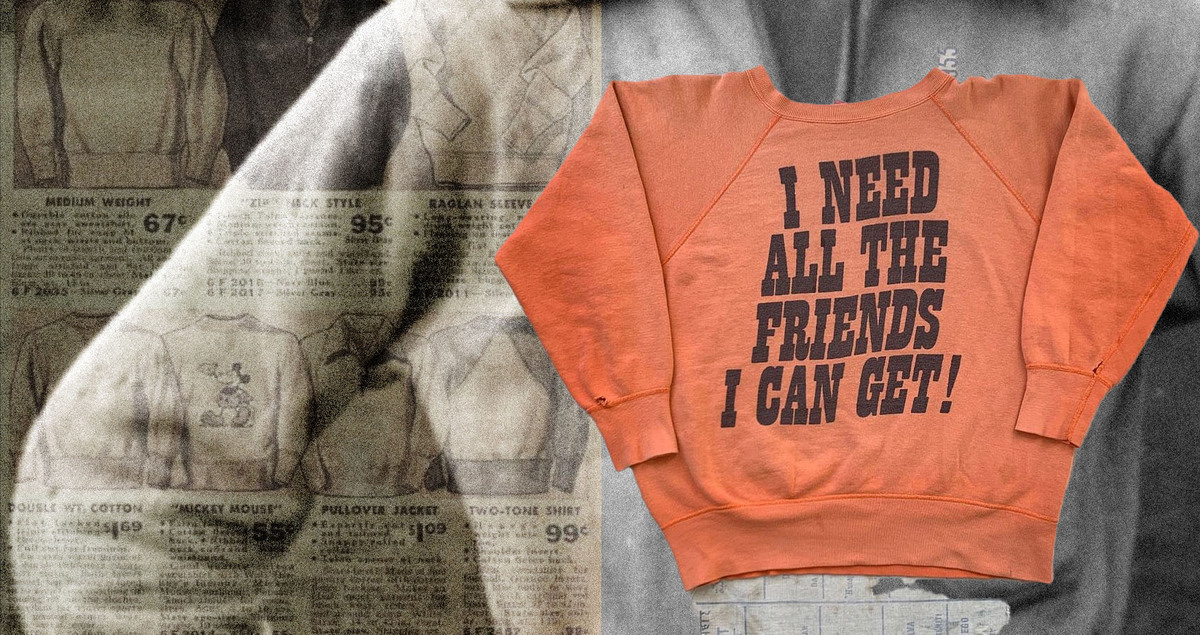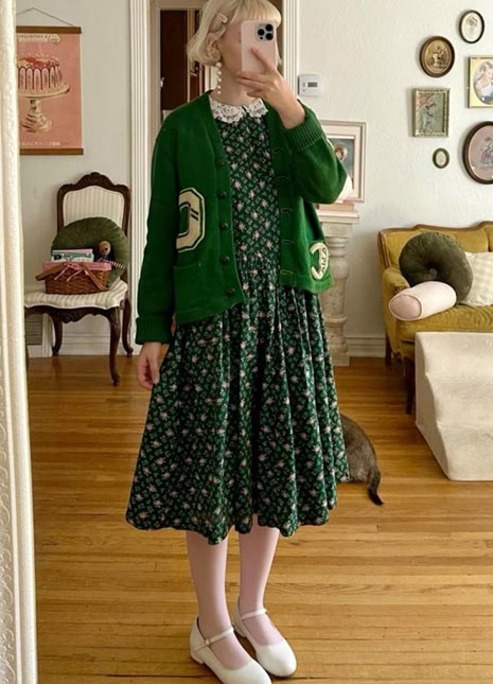All the Detriments of Fast Fashion
The main pros and cons.
Today, mass-market brands such as Zara, Pull&Bear, Stradivarius, and others often strive to imitate luxury brands by creating clothing inspired by the latest high-fashion trends. However, they differ not only in name and price but also in quality: premium brands use expensive fabrics, more advanced tailoring techniques, and pay attention to details that ensure the durability of their items. In contrast, the primary focus of mass-market brands is speed of production and affordability. By emulating luxury brands, mass-market brands make trends more accessible, but through simplified production processes and cheaper materials, they give rise to what we call fast fashion. Purchasing such items means consumers are effectively supporting disposable consumption.
Problems of Fast Fashion

Fast fashion is an approach to clothing production where brands create large quantities of items at low prices with minimal time investment. The primary goal is to respond instantly to fashion trends. However, the quality of clothing often suffers: cheap fabrics and weak hardware lead to rapid wear and tear. For instance, a T-shirt from Pull&Bear might stretch out or lose its shape after just a few washes.
A significant amount of clothing ends up in landfills, as trends shift quickly, and items lose their relevance within just one season. Garments from Zara, despite their style, often feel "outdated" by the following year. The production of cheap clothing also comes at a high environmental cost, contributing to significant pollution of water, air, and soil, while supporting underpaid labor.
How to Choose Durable Clothing?

To choose high-quality clothing, it is essential to pay attention to the fabric composition, stitching, and hardware. For instance, natural materials like cotton or wool last longer and maintain their appearance even with frequent wear.
When it comes to a basic wardrobe, focus on quality items that will last and remain timeless. Key pieces, such as a classic trench coat or jeans, are worth purchasing from reputable brands. Such investments help reduce the frequency of purchases and build a sustainable wardrobe.
If you want to stay trendy, consider accessories instead of overhauling your wardrobe. Belts, bags, and jewelry can easily refresh your look without significant expenses.
A Second Chance for Clothing

If an item has gone out of style or has slight wear and tear, consider restyling or repairing it. A new button or hem adjustment can give clothing a second life. For instance, shorten a pair of pants or dye a denim jacket to make it look fresh again. Before making a purchase, always ask yourself: “Will I wear this item a year from now?” If the answer is no, it’s better to avoid impulsive buying.
Alternatives to Fast Fashion

Slow fashion can be a sustainable alternative, focusing on quality and durability. Vintage and second-hand clothing offer a way to diversify your wardrobe while supporting sustainable consumption. Local designers create high-quality items that support local production and reduce the ecological footprint.
Conclusion
The world of fast fashion may tempt you with accessibility and variety, but it’s important to remember that clothing is not a disposable product. Mass-market imitations of luxury brands create an illusion of sophistication, but due to their quality and longevity, such items cannot compete with premium segments. A conscious approach to shopping not only saves money but also helps protect the planet. After all, fashion isn’t just about what we wear but also about how we interact with the world.












